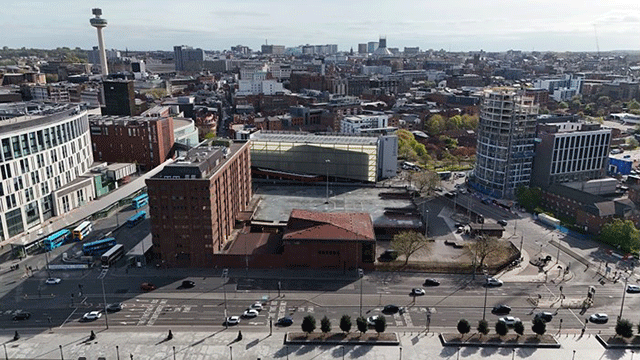Barbara Bryant, who was at the forefront of the campaign to save Twyford Down, has written an account of how the M3 east of Winchester came to be built*.
As a Conservative member on Winchester council, Bryant was not the stereotypical roads protester. Direct action was not part of her armoury. The case against a motorway through Twyford Down was argued in accordance with the prescribed procedures. But the lessons of experience were learnt just too late to be put into practice.
If the arguments in favour of a tunnel, rather than a cutting, had been promoted at an earlier stage and had been backed by professional expertise, then the campaign may well have been successful. If current environmental assessment procedures had been in place in 1985 they might have revealed the extent of the damage caused by a deep cutting through Twyford Down.
And if there had been more foresight in route planning for motorways then perhaps the M3 could have avoided Twyford Down completely. The campaigners’ story is full of “ifs”.
The warning signs came early on with the silence of organisations, commonly understood to be custodians of the national heritage, at the time of discussion and route selection in the early 1980s, Bryant believes. “The time to alter decisions is before they are made. The whole disastrous fiasco could, and should, have been avoided at that juncture.”
Conclusions are provided by Jonathan Porritt. The destruction of Twyford Down, he says, “has become a symbol of everything that is senseless and sacrilegious about this country’s obsession with road building”.
* Twyford Down – roads campaigning and environmental law. Barbara Bryant. E & F N Spon. 1996. £12.99.










